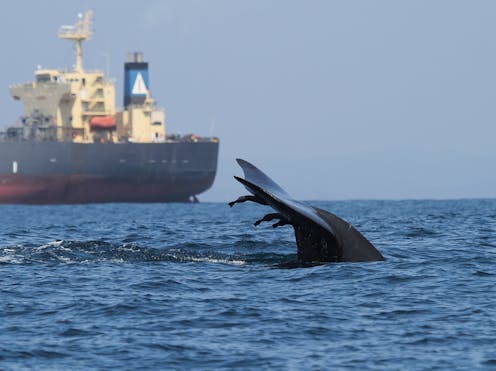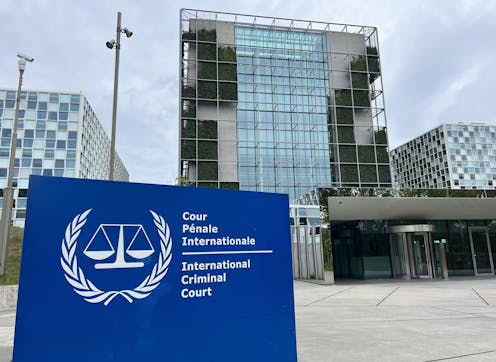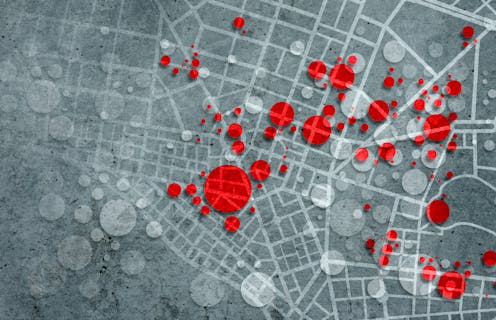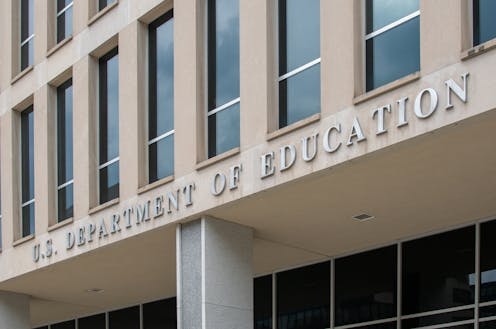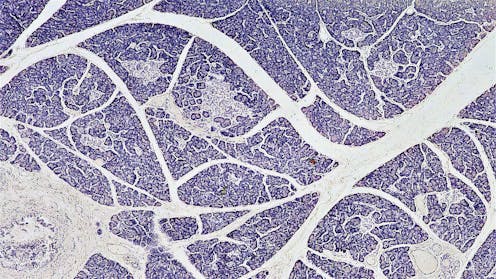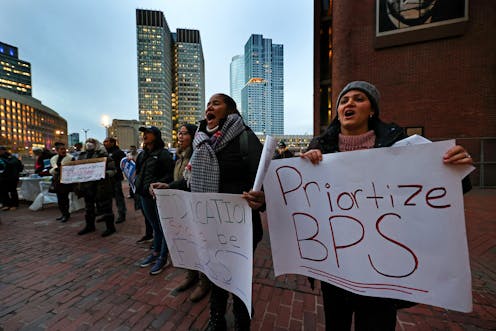Child protection: how to keep vulnerable kids with their families
 Social workers can successfully work with most families that find themselves in trouble without taking their children away.Nadezhda1906/Flickr
Social workers can successfully work with most families that find themselves in trouble without taking their children away.Nadezhda1906/FlickrAfter a long period of expansion in the number of children living in out-of-home care, most modern child protection systems around the world have been labouring to prevent such placements. Instead, they’re choosing to work more closely with families to safely maintain children in their own homes.
There are many reasons for this shift. First, taking someone’s children away from them has to rank as one of the most drastic, costly and intrusive acts a government can carry out. This is recognised by each state’s substantial protection of family rights.
Second, maltreatment takes many different forms, which can occur with differing frequency and severity. This ranges from relatively minor “one-offs” to repeated, severe and escalating instances of horrific abuse. The vast majority of cases investigated by child protection services would fall somewhere in between.
Unfortunately, except in the most obvious cases, methods for assessing the extent and severity of child maltreatment are fairly limited. They can require substantial forensic skills that are not present in our workforce, and even these are prone to high rates of error.
Third, and most importantly, while placement in foster care might benefit some children, the overall outcomes for children placed in care tend to be uniformly poor when compared to their peers.
Research from the United States shows that children transitioning from out-of-home care into adulthood have high rates of homelessness, teen pregnancy, unemployment, justice system involvement and crime victimisation, while having lower rates of educational attainment.
 The child protection system isn’t very good at addressing individual families' vulnerabilities.Joana Lopes/Shutterstock
The child protection system isn’t very good at addressing individual families' vulnerabilities.Joana Lopes/Shutterstock
Although these outcomes cannot be attributed entirely to the foster care experience, it is probably safe to say that placing more children in out-of-home care is not a good idea.
That said, we’re not very good at supporting families that find themselves in trouble, particularly when their difficulties are related to conditions that are not of their own making.
Vulnerabilities related to poverty, social isolation, inter-generational issues around parenting skills, limited access to education, and mental and physical health issues top the list, as does the extensively documented, long-standing history of mistreatment of Aboriginal people whose children are now disproportionately placed in out-of-home care.
The next wicked problem for our taxpayer-funded system is how to move beyond the identification of child maltreatment to the prevention of government-funded out-of-home care. We have every reason to believe we can successfully work with most families, without taking their children away.
Case model: SafeCare
It’s important to note there are no magic bullets. But there are some good bets. These tend to come in the form of behaviourally focused, manualised programs that focus on specific and changeable features of child maltreatment.
One example from the US is SafeCare, an in-home parenting program for families with children aged up to five years who are involved with the child protection system for reasons of child neglect.
SafeCare’s 18 to 20 sessions employ a combination of training, modelling and behavioural rehearsal to help parents build the necessary skills for managing difficult child behaviour. This includes how to plan and execute daily activities, reduce hazards in the home and employ steps to prevent injury, and make appropriate health-care decisions.
SafeCare is one of the few programs that has been rigorously tested against normal, high-quality family services. The investigators observed significant and substantial gains in parenting skills as well as the prevention of subsequent substantiated child maltreatment reports, especially for first-time mothers.
A sub-group analysis of Native American families receiving the service showed similar gains up to six years after intervention – an encouraging finding for Australian Aboriginal families.
 Except in the most obvious cases, our methods for assessing the extent and severity of child maltreatment are fairly limited.S Curtis/Shutterstock
Except in the most obvious cases, our methods for assessing the extent and severity of child maltreatment are fairly limited.S Curtis/Shutterstock
It also happens to be highly economical. The non-partisan Washington State Institute for Public Policy uses a set of complex statistical analyses to rank the benefit-to-cost ratio of a wide range of public services. It ranks SafeCare highest among all effective child welfare services, with more than US$16 benefit for every dollar spent.
Although it is not clear from this publication exactly what makes SafeCare more cost-effective than the others, we can speculate. The program focus – child neglect – is expensive in the long run if not successfully resolved. SafeCare is also a structured, time-limited approach with a clear beginning and an end, so it’s not open-ended.
The approach also has a strong focus on supporting families through implementation of the program.
Improving existing services
Unfortunately, implementing new services isn’t enough; we also need to better align our child protection and family services systems. This requires breaking down existing barriers to implementing new approaches and modifying existing ones.
Impediments range from negative staff attitudes and limited experience with new approaches, to inflexible service models, perhaps tied to specific funding streams. There is also a lack of comprehensive, in-field support for the workforce, which is needed to build competence in the types of effective, behaviourally based strategies contained in SafeCare.
We need to re-create our child protection systems and infrastructure to meet the needs, circumstances and challenges of families coming through the child protection gateway. To do this, we must translate the best evidence into practice, routinely monitor outcomes and use this information to continuously improve service content and delivery.
 Better understanding the problems will help drive evidence-based solutions.jeep5d/Shutterstock
Better understanding the problems will help drive evidence-based solutions.jeep5d/Shutterstock
Individual states have begun to mine their vast stores of services data in an effort to understand the pathways that children and families take through the system. While still fairly limited, these data can be used to figure out what separates children who come into care from those who can safely remain with their parents.
Is it drug and alcohol use? Domestic violence? Harsh and coercive parenting? Insufficient economic support? Are they mostly very young children? Teenagers?
Gauging the extent of the problem allows us to better choose the focus and number of services needed within specific neighbourhoods or regions. It is far from easy to do this on a massive scale.
For now, we have to work hard while also being patient – not reaching out for the first program or idea – but investigating more fully the evidence for each problem that exists from international and Australian research studies, and how this fits within our various state and local systems.
This requires that we all – policymakers, practitioners, researchers, consumers and community members – come together to improve the system. We have the roadmap. We now need sustained, bipartisan support to make it happen.
This is the ninth and final part of The Conversation’s series on Child Protection in Australia. Click on the links below to read the other instalments:
- Infographic: a snapshot of Australia’s child protection services
- Abuse and neglect: Australia’s child protection ‘crisis’
- Risky business: how protection workers decide to remove children from their parents
- We all have a role in protecting children: end the silence on abuse
- We remove kids from abuse and neglect, but are they better off in the long run?
- Complex trauma: how abuse and neglect can have life-long effects
- Foster parents need more support to care for vulnerable children
- Empowering Indigenous communities to prevent child abuse and neglect
Aron Shlonsky receives funding from a number of government contracts and council grants, but does not benefit financially or personally from any programs or services described in this article.
The organisation Robyn Mildon works for receives funding from a number of government contracts and council grants, but she does not benefit financially or personally from any programs or services described in this article.
Read more http://theconversation.com/child-protection-how-to-keep-vulnerable-kids-with-their-families-32898

